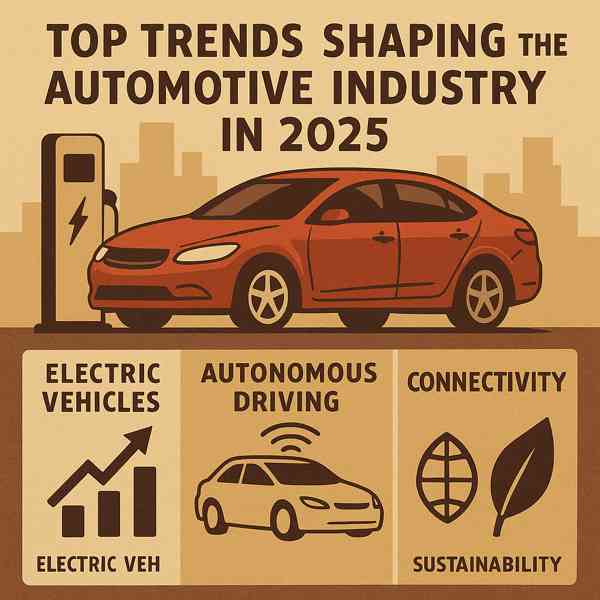Electric Vehicles: The Future of Transportation
Electric Vehicles: The Future of Transportation
Blog Article

Electric vehicles (EVs) are reshaping the way we think about transportation.
As battery technology improves and infrastructure expands, owning an electric vehicle has never been more accessible.
Understanding EVs
Unlike gasoline-powered cars, EVs produce no exhaust pollution.
Key components of EVs include:
- Replaces the internal combustion engine
- Usually lithium-ion or solid-state
- Manages energy flow from battery to motor
- Allows the vehicle to recharge from external sources
Electric vehicles come in various types, such as battery electric vehicles (BEVs)—each with different levels of electrification.
Benefits of Electric Vehicles
The rise of electric vehicles is fueled by their numerous benefits.
Major benefits include:
- Reduced maintenance needs
- Environmental sustainability
- Better overall driving comfort
- Rebates and subsidies in many regions
For eco-conscious and cost-aware drivers, electric vehicles are an increasingly responsible choice.
Challenges of Electric Vehicles
Despite the growing popularity of EVs, they still face some issues that buyers should consider.
Potential drawbacks to keep in mind:
- May require more frequent charging
- Not all areas have adequate public chargers
- Higher initial cost
- Replacement can be costly without warranty
As technology advances and infrastructure improves, many of these challenges are becoming easier to manage.
Types of Electric Vehicles
EVs vary by power source, range, and usage.
Main types of EVs here include:
- Run only on electricity
- Electric motor with backup gasoline engine
- Self-charges through regenerative braking
- Fuel Cell Electric Vehicles (FCEVs)
Each type has its pros and cons, so buyers should choose accordingly.
EV Charging and Infrastructure
There are multiple charging levels and methods depending on your daily usage.
Main EV charging options include:
- Slow but accessible anywhere
- Faster and ideal for daily use
- DC Fast Charging
- Charging without cables
As public charging networks expand, EV owners will enjoy even more freedom, flexibility, and convenience.
What’s Next for EVs?
As governments push for cleaner energy and manufacturers invest in innovation, the future of EVs looks bright.
Where EVs are going:
- Higher energy density and faster charging
- Turning cars into energy assets
- Autonomous electric vehicles
- Expansion of affordable EV models
As innovation continues, EVs will become more mainstream and essential.
The Road Ahead for EVs
With growing demand and continuous improvement, EVs are becoming a realistic option for more drivers every day.
The future is electric—are you ready to plug in?
Report this page